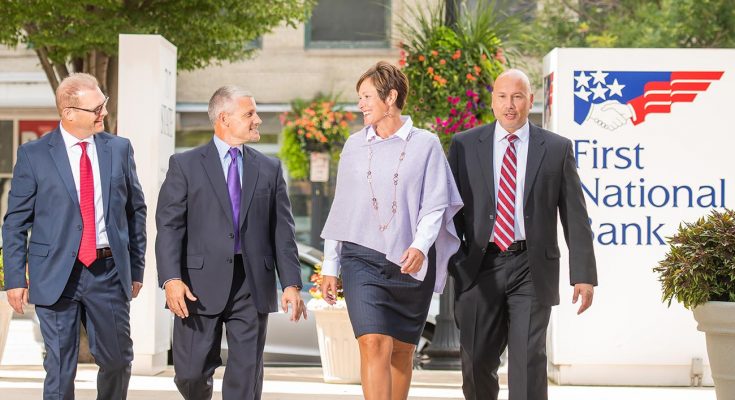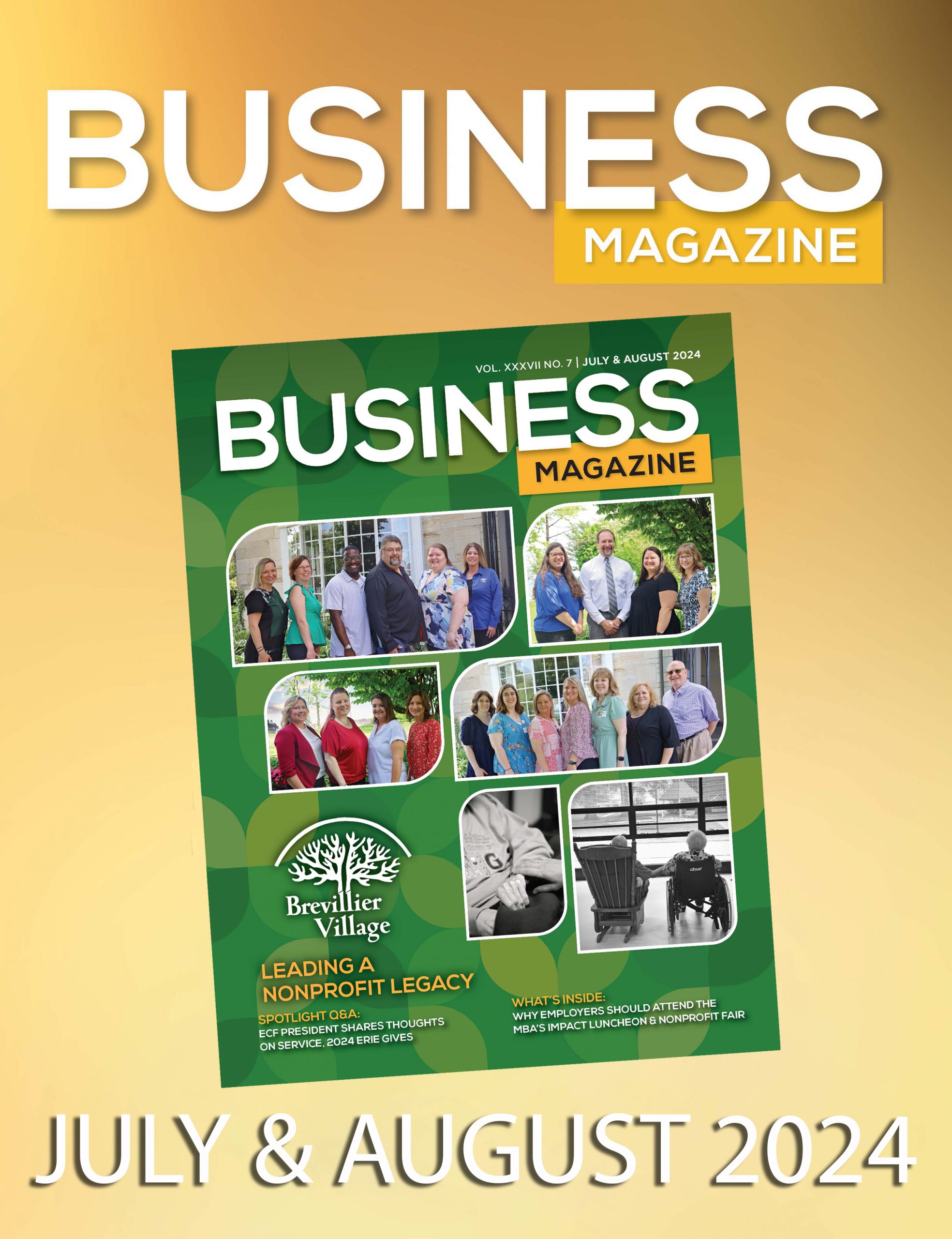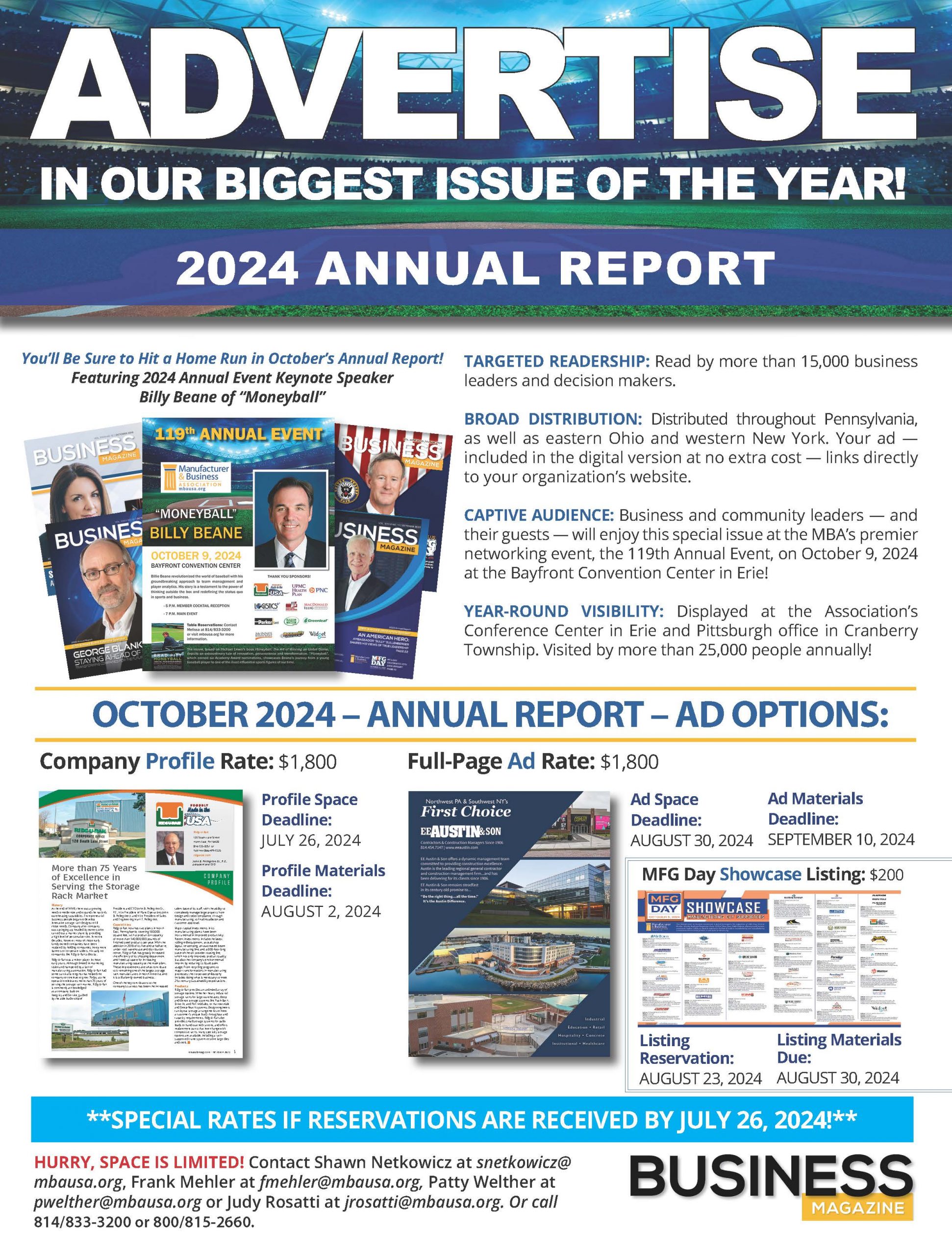Millennials are now the largest members of the workforce and are close to surpassing Baby Boomers as the largest living adult generation. On their heels is Generation Z, which now outnumbers the Greatest Generation in the workforce.
Approximately 35 percent of the U.S. workforce are Millennials, according to Pew Research Center analysis of U.S. Census Bureau data. Although Baby Boomers still represent a quarter of the workforce, retirements will continue to reduce their presence. Even so, Millennials are not expected to reach the Baby Boomers’ labor force peak (66 million in 1997).
These shifting demographics combined with rising health- care costs and a tight job market pose a challenge for employers seeking to develop a competitive benefits plan that satisfies a generationally diverse workforce and contains costs. Indeed, with unemployment at historical lows, benefits are a key part of companies’ ability to attract and retain employees.
Northwestern Pennsylvania business owners and leaders know this firsthand. Yet, the time-consuming complexities of benefit planning and administration can lead to frustration and delayed action, creating plans that negatively impact workforce satisfaction and productivity.
“Benefits are more than a budget line item for health-care insurance,” explains James Fawcett, director of Employee Benefit Sales for First National Insurance Agency (FNIA), a subsidiary of First National Bank (FNB), and one of the largest, independent insurance agencies in the region. “Done right they are a diverse collection of offerings that empower employees’ success, from insurance to financial education to retirement planning and even workplace banking. This direct link to employees’ financial success is one of the keys to building rewarding careers and long-term success.”
Industry research supports this thinking. While health-care benefits are the most important benefit to the workforce, nearly 60 percent of employers offer retirement investment advice, according to the Society for Human Resource Management (SHRM) 2019 Employee Benefits report. One in three employers now offer non-retirement financial advice to employees as part of their benefits package, according to SHRM.
Given the dynamic environment, FNB, one of the region’s leading full- service banks, recommends that an employer’s relationship with a benefits provider should be more than a once-a-year discussion around enrollment period. “A collaborative partner will provide year-round support and consultation, as well as knowledge of the local market,” says Fawcett.
According to FNB, which has been serving the banking needs of the regional banking community for more than 150 years, the following are some important aspects of a well-rounded benefits plan that can help employers meet expectations and contain costs.
Flexible Benefits
Today, flexibility is more important than ever in employee benefit packages. Take health-care benefits, which are consistently ranked the most important benefit category by employees.
According to Fawcett, Baby Boomers are willing to pay a higher premium for more robust coverage and the reassurance that they are covered in most circumstances. However, Millennials, with the oldest now approaching 40, are less safety-net oriented. They may choose a more a la carte approach to benefits with thinner health-care coverage supplemented by critical illness policies.
“The contrast in preferences is seen in popular culture, too,” explains Fawcett. “Consider how traditional television cable, and its hundreds of channels for one monthly price, is being replaced by cable-cutting streaming providers, such as Netflix or Hulu. Millennials and younger generations will continue to challenge convention in workplace benefits.”
Read more in the November 2019 Business Magazine.












